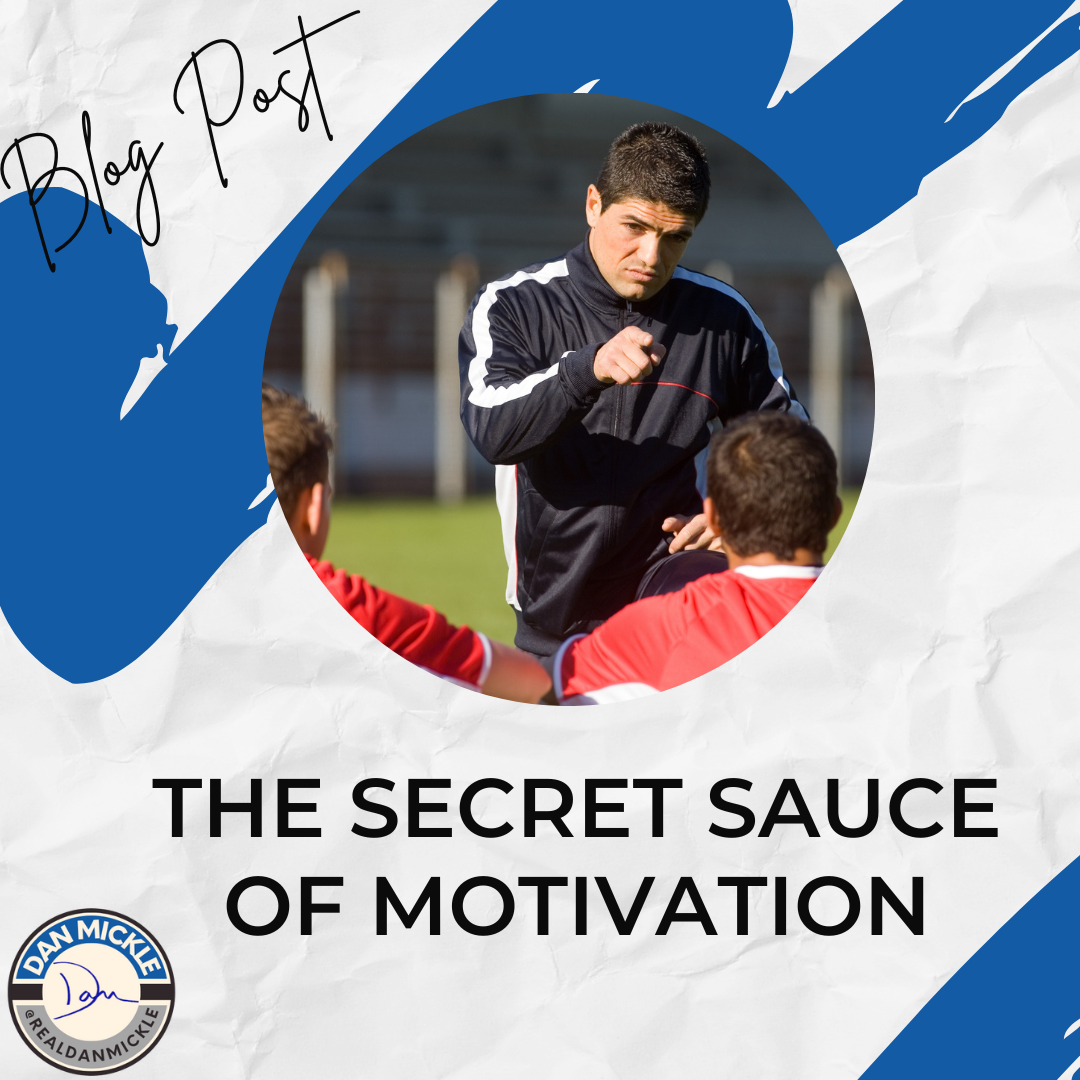Motivation is a funny thing. Some athletes seem to have an endless supply of it, showing up early, staying late, and grinding even when no one’s watching. Others? Well, let’s just say if motivation were a gas tank, they’re perpetually running on E.
As coaches, we talk about motivation all the time—how to build it, maintain it, and, in some cases, resuscitate it like a defibrillator at a CPR training. But here’s the million-dollar question: Do we really understand motivation, or are we just guessing? Because if you’re relying on the old-school “yell louder, push harder, and maybe bribe them with pizza” approach, I hate to break it to you—it’s not a long-term strategy.
So, let’s break it down. What really drives athletes? And, more importantly, how do we keep that fire burning without turning it into burnout?
The Two Flavors of Motivation: Intrinsic vs. Extrinsic
There are two main types of motivation, and if you don’t know the difference, you might be feeding your athletes the wrong fuel.
Extrinsic Motivation: The Shiny Objects and External Rewards
This is the most obvious kind. It’s when athletes are motivated by outside forces—trophies, medals, scholarships, playing time, social media clout, or even just an approving nod from a coach. Extrinsic motivators are powerful, and they absolutely have their place.
Need a team to run sprints with enthusiasm? Offer the winners extra rest. Want players to focus harder? Dangle a “free-choice drill” at the end of practice as a reward.
But here’s the problem—extrinsic motivation is like caffeine. It gives a short-term boost, but if you rely on it too much, athletes become dependent on rewards just to perform at a basic level. Suddenly, they’re not running hard because they want to improve; they’re doing it because you promised them Gatorade.
Intrinsic Motivation: The Drive from Within
This is the good stuff. Intrinsic motivation happens when athletes are fueled by an internal desire—pride, love for the sport, personal growth, or just the pure joy of getting better. These are the kids who don’t need a coach to push them because they push themselves.
Think about the player who stays late to take extra shots, not because anyone told them to, but because they want to feel that perfect swish. Or the runner who trains in the off-season because they love the feeling of progress. That’s intrinsic motivation at work.
And here’s the kicker—it lasts. Unlike external rewards, which lose their luster over time, intrinsic motivation is self-sustaining. Athletes who are internally motivated are more resilient, more adaptable, and, in the long run, more successful.
How Coaches Accidentally Kill Motivation
Without realizing it, coaches sometimes sabotage motivation instead of fostering it. A few common mistakes:
- Overusing External Rewards: If you always reward effort with something external (treats, prizes, excessive praise), athletes stop valuing the process itself.
- Making Everything About Winning: If the only metric of success is the scoreboard, athletes lose the love for the game when things aren’t going their way.
- Micromanaging Every Decision: When athletes don’t feel like they have ownership over their own growth, they disengage.
- Using Punishment as Motivation: No one ever developed a deep love for the game because they were terrified of running extra laps.
If you’ve fallen into any of these traps, don’t worry—you’re not alone. We’ve all been there. The good news? You can turn it around.
Coaching Strategies to Build Lasting Motivation
Want to create athletes who stay motivated long after the trophies collect dust? Try these:
Make It Personal
Not every athlete is motivated by the same thing. Some thrive on competition, others love the process, and some just want to feel like they belong. Get to know what drives each athlete and tailor your approach.
Give Them Autonomy
Let athletes have some control over their development. Let them set their own mini-goals, choose between drills, or even help design parts of practice. When they feel ownership, their motivation skyrockets.
Focus on Progress, Not Just Results
Sure, winning is great. But if the only time you celebrate is after a victory, you’re missing the point. Praise effort, improvement, and resilience. Highlight the kid who worked on their footwork all season, even if they didn’t score the game-winning goal.
Tell Stories of Effort Over Talent
Athletes need to hear about the greats who weren’t just “naturally gifted” but who worked their tails off. Show them examples of relentless work ethic—whether it’s Michael Jordan being cut from his high school team or the benchwarmer who eventually became a starter through pure grit.
Connect Success to Internal Feelings
Instead of saying, “Great job, you scored two goals,” say, “Did you feel how clean that shot was? You’ve worked hard on that.” When athletes associate improvement with personal satisfaction, they keep chasing that feeling.
Make Practice Challenging But Fun
Motivation dies in boredom. Practices that feel like a chore will drain your athletes. Keep them engaged with varied drills, small competitions, and creative challenges.
Final Thoughts: The Long Game of Motivation
The best coaches don’t just create good athletes—they create athletes who love the game enough to stay in it long-term. Motivation isn’t about bribes, threats, or constant pep talks. It’s about fostering an environment where athletes find their own reasons to push forward. So the next time you see a player slacking off, instead of yelling, “Do you even care?!” ask yourself a better question: “Have I given them a reason to care?” Because motivation isn’t about lighting a fire under them. It’s about helping them build a fire that never burns out.


